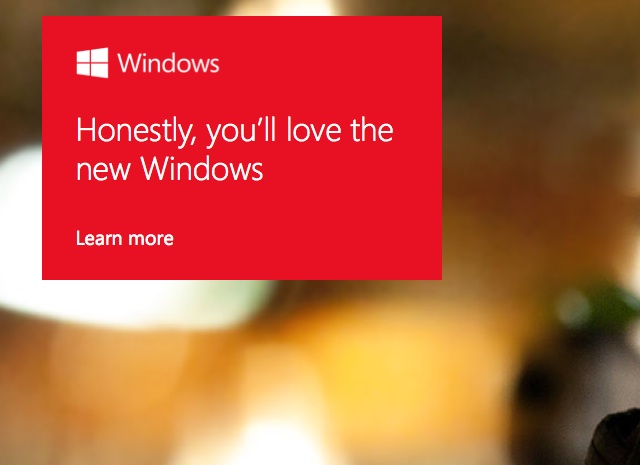Microsoft’s evolution to the post PC era has been a fascination of this blog for several years now as the company’s once flagship Windows becomes irrelevant in a world dominated by smartphones and tablet computers.
The launch of Windows 8 and the Surface tablet were the great hope for the company, but it appears the business model that built Microsoft into one of the world’s biggest companies is doomed. Microsoft is shifting to the post-PC era where Windows has little role.
Yesterday’s financial results emphasised the shift as the consumer licensing business fell 6% year against last years revenues while the company’s overall revenues rose 14% – the old consumer Windows business is dying.
This is illustrated in the company’s quarterly report, where the business units that delivered the growth were all in non-Windows areas.
- SQL Server continued to gain market share with revenue growing double-digits
- System Center showed continued strength with double-digit revenue growth
- Commercial cloud services revenue more than doubled
- Office 365 commercial seats and Azure customers both grew triple-digits.
Drilling down into the numbers the trend against Windows is even more stark, here’s a chart of the performance of the division over the last ten years.

As we see, life was good for Microsoft Windows until the iPad arrived.
Following Apple’s proof that tablet computers could deliver what business and home customers wanted from a portable device, Windows’ revenue stagnated and now income and margins are falling.
The devices and services strategy of outgoing CEO Steve Ballmer recognises is a reflection of how Windows is becoming irrelevant to the business.
It’s hard to see where Microsoft now goes with Windows, the product still remains a key part of the business with 22% of revenues – although that’s down from 27% last year – and its hard to see a buyer parting with the hundreds of billions the division would be worth as a stand alone business.
For Steve Ballmer’s successor as Microsoft CEO dealing with the Windows problem will be one of many big issues they’ll have to deal with, the future of the once iconic product though won’t define the future of the business.

Leave a Reply